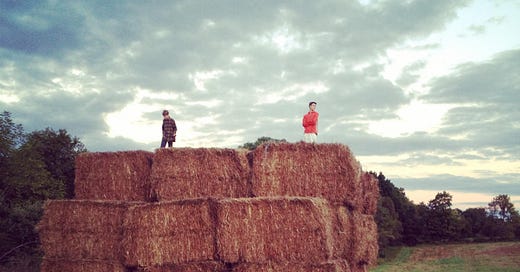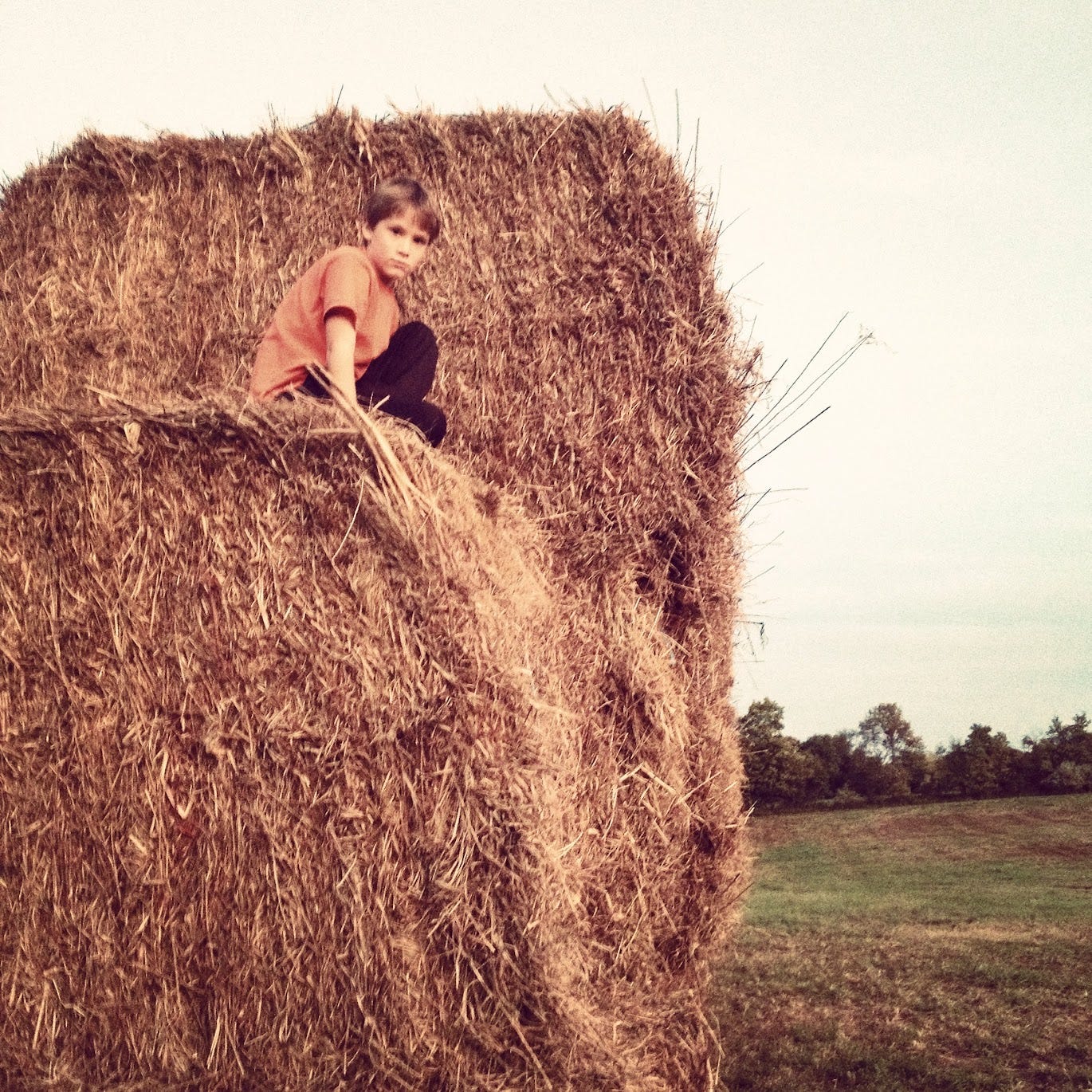I wanted to dive in a bit to craft, so I figured I’d jump off my previous post about people who say they want to write for kids, or write at all, where I went a little off the rails. This will be much more helpful, I believe, if you are one of those who would really like to give this kind of writing a try.
Joe, my husband, and I were on our way to a book event and were in conversation about how when we were young, distance seemed so much further and so much longer than it does now. We passed Lost River Caverns which is a tiny tourist attraction in eastern Pennsylvania, and only about twenty miles from my childhood home in New Jersey. In elementary, my class took a school trip there. I don’t remember the caverns, but I remember the gift shop—the polished stones and the geode kits, in particular. I loved rocks (still do) and wanted one of those kits so badly, but only had the money for a small velvet bag of polished rocks. But what really struck me on this present day drive was how close it was to home, not the exotic, faraway caves they felt like when I was ten when we boarded the bus and were swept all the way to Pennsylvania! (Literally right across the river)
When you’re ten the world is a much bigger place, while simultaneously being very small.
What do I mean by this?
Think about yourself at ten. If you can’t remember your own childhood (although I strongly recommend you try to learn how to access some of these memories, which maybe I’ll dive into next time), think about your own child or another child you know well. If you have no children in your life, and can’t remember your own childhood, this is going to be a bigger challenge than I know how to coach.
Back to ten. (or eight or twelve, whatever you want)
Think about an event in your life at that time. Something small, like a class trip.
Make a two-column list. The left side is to represent your thoughts and feelings as a ten year old, and the right is your adult understanding of those thoughts and feelings.
Down the side, list the senses: sight, smell, hear, feel, taste and a few other setting or “character” details like distance, location, weather, people who were present, or any other subjects or objects that make sense to your event choice.
Fill in both sides briefly, trying to capture what the young person truly thought and felt, versus what the adult now knows.
Writing for children is very much about being able to capture the child’s perspective, while infusing a bit of what the adult knows and understands about why the child felt or thought a certain way and world around them. It’s a challenging balance. When it’s too far on the left, it’s childish and boring, when it’s too far on the right, it’s preachy and patronizing.
Once you have your lists finished, try writing the scene from each perspective, staying completely in the ten-year-old mindset for one, and the adult reflecting mindset for the other.
When we’re little our lives are nearly completely out of our control, and therefore can feel very small. For a child their bedroom might feel like their whole world. They can control their Legos or Barbies or build their own forts and escape into their imaginations. Likewise in a treehouse, their backyard, or a classroom. While at the same time, a car ride to the grocery store feels like it takes days of time, and how much longer can it possibly take for Mom to pick out avocados? It’s like she has to squeeze every single one to see if there’s a prize inside.
Try to mine a bunch of memories this way, working through both your child’s eye and your adult wisdom. See how it goes. Let me know in the comments!
And some recommended mid-grade reading (because if you don’t read kids books, it’s going to be all the harder to write them): Kate Dicamillo, Erin Entrada Kelly, and, the tried and true, Judy Blume. You might also try David Lubar, Gary Paulsen, and Carl Hiaasen.
Happy Writing!





